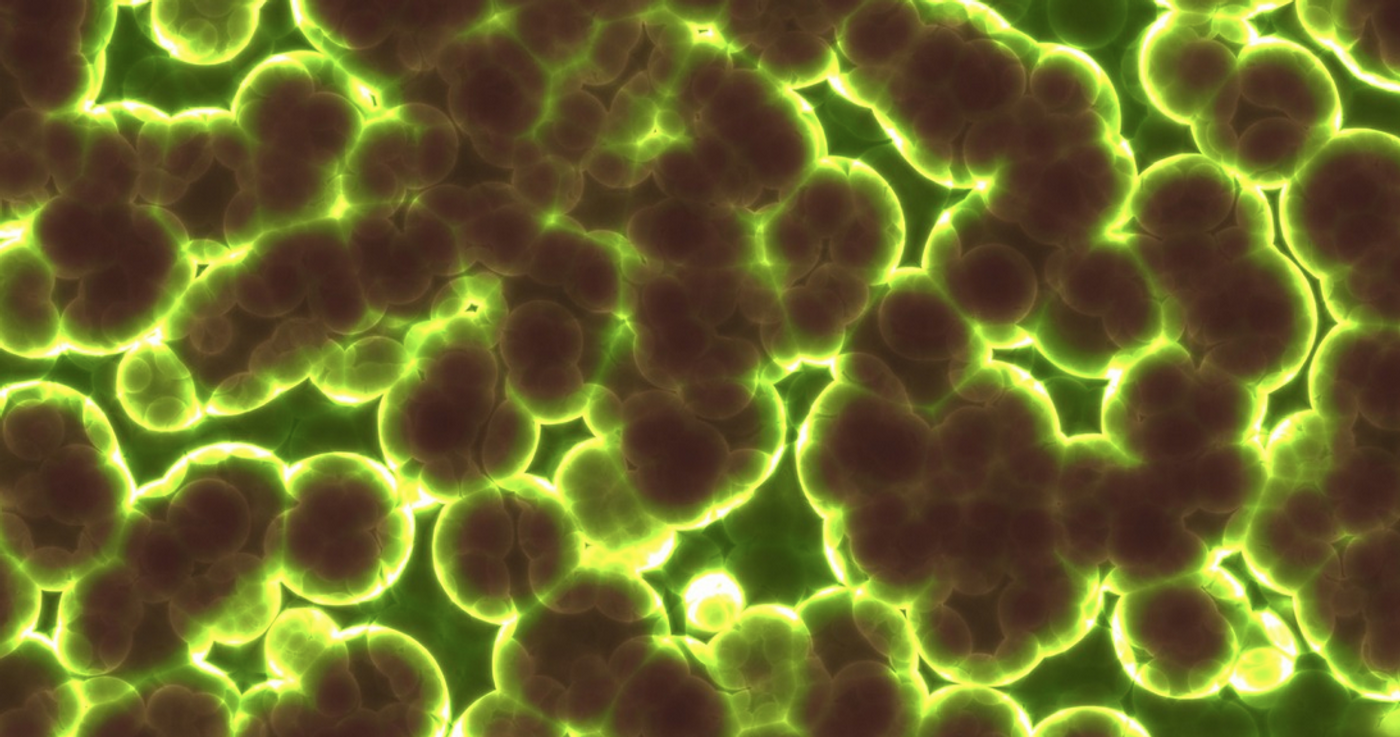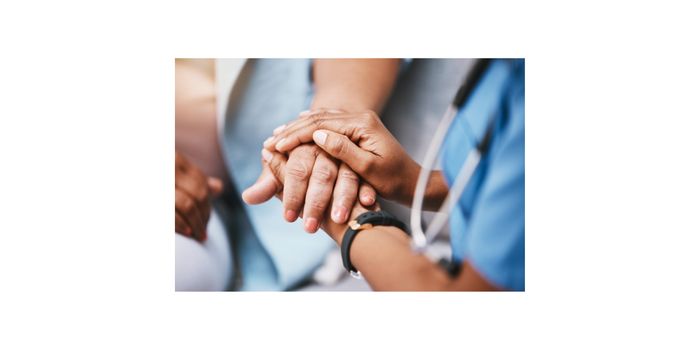How Do Microbes From the Human Microbiome Spread?
There are trillions of microbes in the human gut, and many of them perform essential functions that keep us healthy. Researchers have started to decipher some of the connections between gut microbes and human biology. But one thing we're still learning about is how gut microbes are transmitted and shared betwen people. Scientists have now delved into that question to learn more about how individuals who live in close contact share bacteria in horizontal transmission, and how microbiomes are inherited through the generations, in vertical transmission. Over 9,000 samples of stool and saliva from volunteers in 20 countries around the world were analyzed for this study, which has been reported in Nature.
This research agreed with other studies that have shown that the gut microbiome is first transmitted at birth, and this process has a long-lasting effect. The study indicated that bacteria from the maternal microbiome, which is what an infant is exposed to during delivery, can still be identified in elderly people. But infants do not carry many bacteria that are often found in adults. This work also found that additional bacteria can be acquired at some point later on in life. Adults were found to share microbes with partners or friends extensively during social contact.
Gut microbes don't usually survive for long outside of the body, and people rarely carry gut microbes that are shared by anyone other than immediate family members, which emphasizes the significance of mother-to-offspring vertical transmission. During life, some transmission of microbial strains is thought to occur through physical interactons, and the most shared microbes were found in people who lived together. Environmental influences, like fermented foods consumed by the same people, were also found to lead to some shared strains.
Microbes in the mouth, the species in the oral microbiome don't move in the same way that gut microbes do, however. Saliva bacteria migrate more often, primarily through horizontal transmission. At birth, infants do not receive much of their mom's oral microbiome. But the more time that people spend together during their lives, the more common species of bacteria can be found in them.
"We have found evidence of extensive sharing of the gut and oral microbiome linked to the type of relationship and lifestyle. The results suggest that social interactions actually shape the composition of our microbiomes," said first study author Mireia Valles-Colomer of the University of Trento. "We have also found that certain bacteria, especially those that survive better outside our bodies, are transmitted much more often than others. Some of these are microbes from which we know very little; they have not even been named yet."
While our adult microbiomes are significantly affected by the people we spend a lot of time with, the research indicated that bacteria can still spread between individuals who only interact occasionally or superficially. Some microbial strains were also more likely to move to others, and the researchers noted that the health significance of these mcirobes should be investigated.
The many questions posed by the study has inspired the researchers to learn more, because there are still so many mysteries about how microbes move and what that movement does to our health.
Since the microbiome is so intimately linked with our health, it is possible that some diseases that are not considered communicable, such as diabetes, cancer, or heart disease, may have a transmissible aspect to them because of gut microbes, and how they move. "Further studies on the transmission of the microbiome can therefore advance the understanding of the risk factors of these diseases and, in the future, explore the possibility of reducing the risk with therapies that act on the microbiome or its transmissible components," said senior study author Nicola Segata of the University of Trento.
Sources: Università di Trento, Nature









